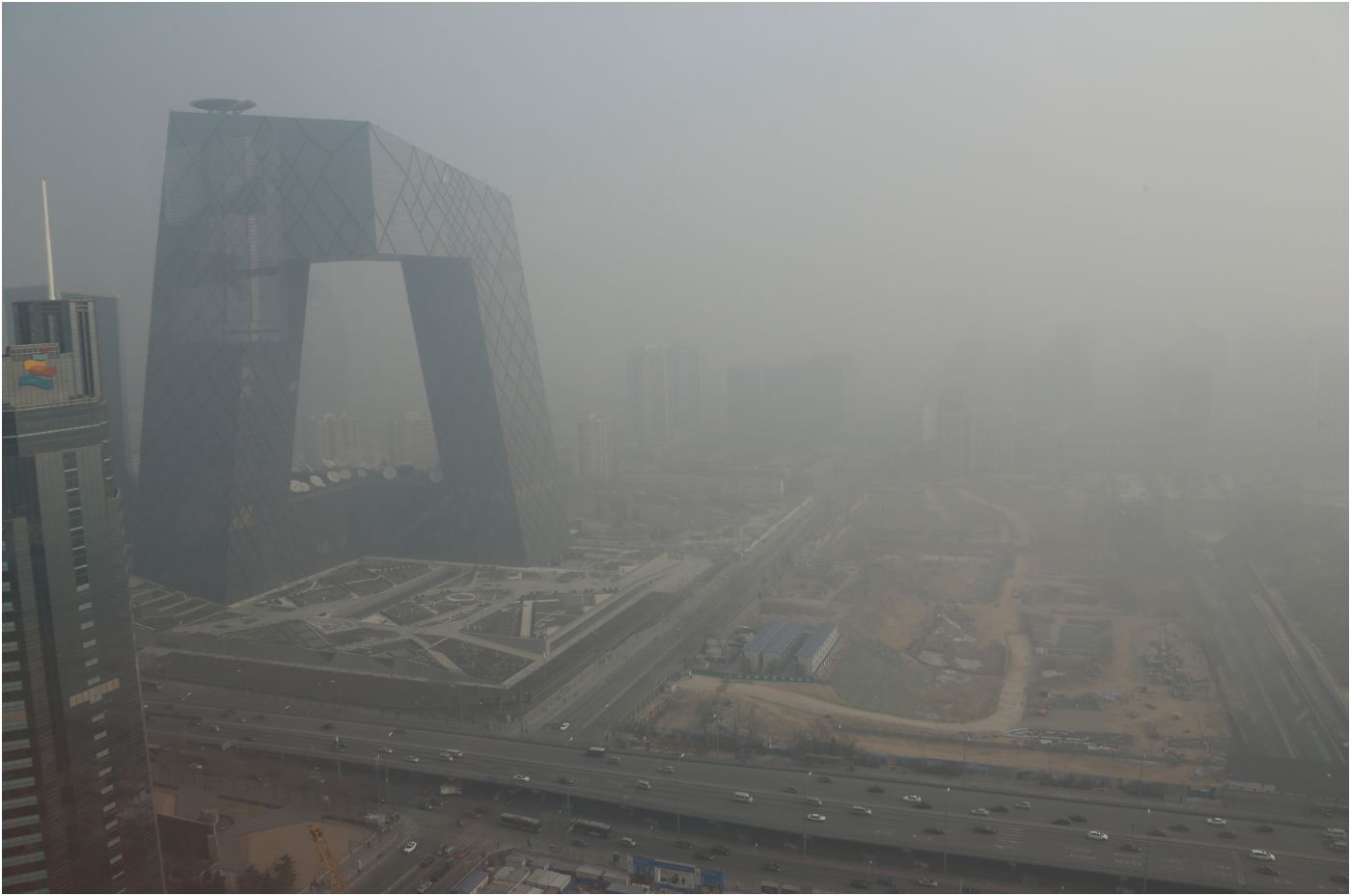According to the forecast, the large-scale smog weather that lasts for many days in the north will enter the most serious period on the night of December 19. Starting today, the scope of smog will be further expanded, including Beijing-Tianjin-Hebei, Shanxi, Shaanxi, Henan, etc. The provinces and cities are covered in smog. Under the raging fog, we need a reliable air purifier to create a place for the family to breathe. However, the current empty net market is not standardized, and various products are mixed, and consumers have to cultivate a pair of eye-catching eyes. Find the one that suits you in the wrong product. The following small series will teach you a few tricks to purchase, I hope to be helpful to everyone.

Purification technology routine
The same is the air purification product, the internal principle is very different, and its performance and characteristics are also very different. Consumers must understand their internal principles when they think of choosing the right net product for themselves.
Activated carbon adsorption technology
At present, most air purifiers on the market use activated carbon filter mesh. The activated carbon is affected by its structure, and the interior is dense and porous, which has a certain adsorption effect. Activated carbon is divided into three types: shell, coconut shell and coal, of which coconut shell has the strongest adsorption capacity. Activated carbon can adsorb formaldehyde, benzene, odor, bacteria and other pollutants. The purifier using this technology is suitable for houses and offices after renovation. However, the filter element should be replaced frequently to avoid adsorption saturation.
HEPA filtration technology
HEPA is an efficient particulate air filter that is widely used in air purifiers. A standard HEPA filter removes 99.7% of 0.3 micron suspended particulates. High-efficiency filters can be divided into five levels of H10-H14. The higher the level, the stronger the ability to filter 0.3 micron particles.

Electrostatic dust collection technology
Electrostatic dust collection technology is the application of high-voltage static electricity to adsorb and filter particulate matter in the air. This technology is also common in air purifiers. It is mainly used for dust removal and tiny particles, and has little effect on the removal of harmful gases such as formaldehyde and benzene. However, this technology also has drawbacks, that is, it is easy to produce ozone pollution.
Photocatalyst technology
Photocatalyst is a general term for a catalytically-conductive semiconductive material represented by titanium dioxide and capable of undergoing a chemical reaction under illumination. The photocatalyst is generally present in the form of a coating, which produces a catalytic degradation function under the action of light, and is capable of degrading toxic and harmful gases in the air.
Negative ion technology
Negative ions are a kind of negatively charged gas ions in the air, which have the effect of calming, hypnosis, depressurizing, and fresh air. Air purifiers with negative ion technology usually use the method of actively releasing negative ions to purify, deodorize and sterilize the air. Especially for closed spaces, negative ions can effectively improve air quality. However, it is worth noting that negative ions are prone to ozone, causing secondary pollution in the room, and special care should be taken when using them.
Diesel Generating Set,Genset Generator,Independent Power Supply,Office Buildings Generator
Shaoxing AnFu Energy Equipment Co.Ltd , https://www.sxanfu.com
